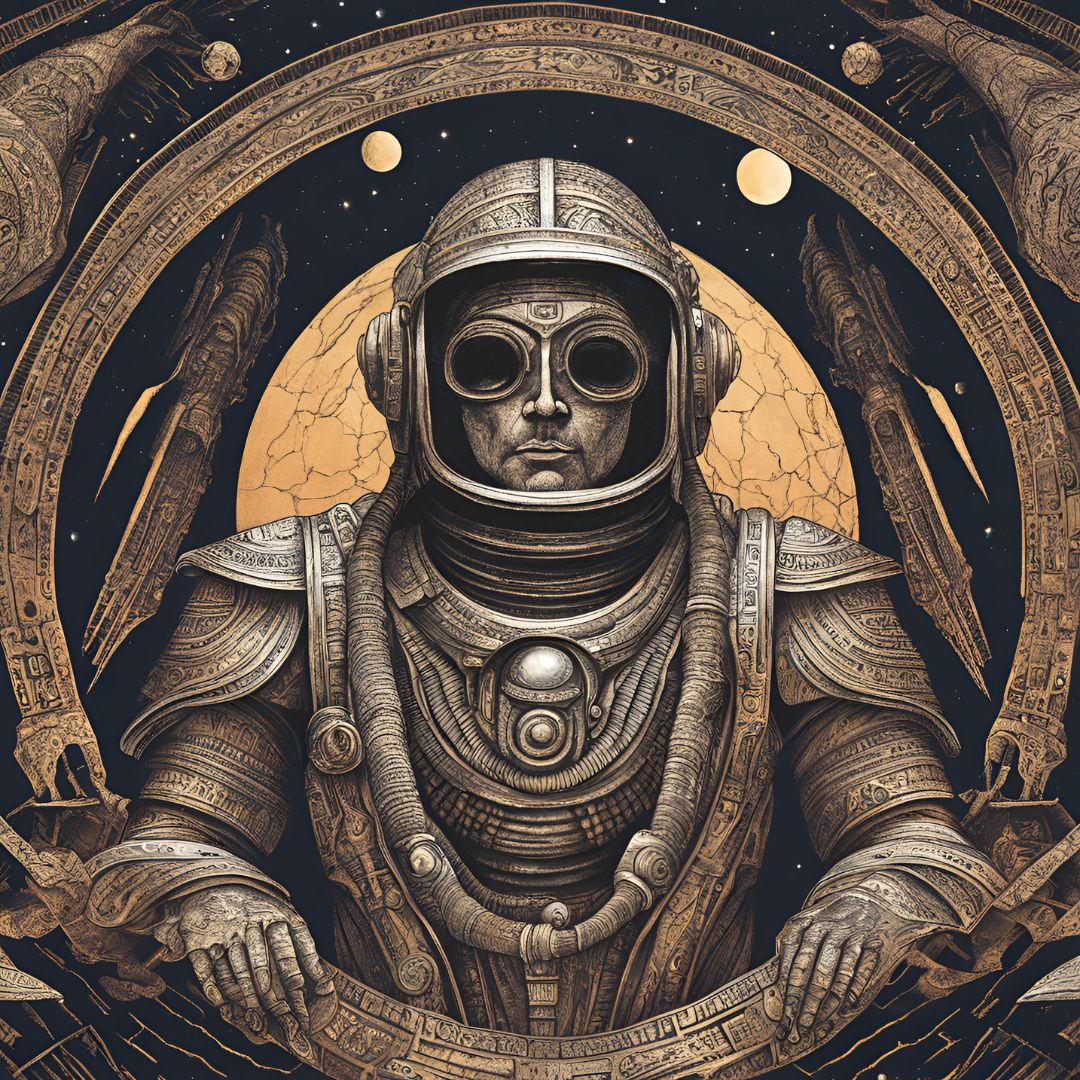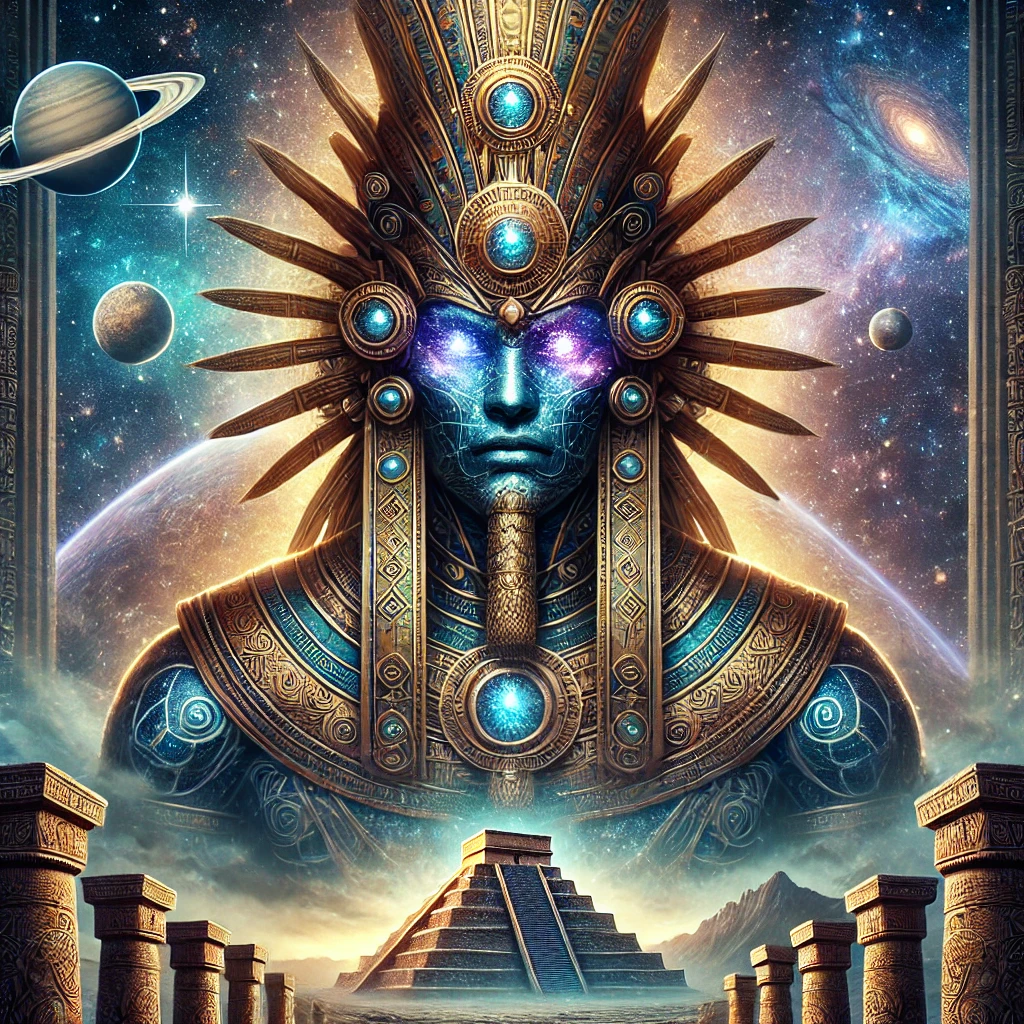A Review of Chariots of the Gods by Erich von Däniken
Chariots of the Gods by Erich von Däniken, first published in 1968, remains a fascinating and provocative book that has sparked widespread interest and controversy. Von Däniken proposes that ancient civilizations were visited by extraterrestrial beings, and these encounters significantly influenced human culture and technological development. While many of his claims are controversial, the book has undoubtedly left an indelible mark on the fields of archaeology, anthropology, and popular culture. This review will explore von Däniken’s most controversial assertions and the more widely accepted aspects of his work, offering a balanced perspective on this thought-provoking read.
Controversial Claims
1. Ancient Astronauts
The central premise of Chariots of the Gods is the hypothesis that ancient gods were actually extraterrestrial visitors who shared their advanced knowledge with early human societies. Von Däniken suggests that many myths and religious texts, such as the Bible and the Mahabharata, contain descriptions of alien encounters. For instance, he interprets the biblical story of Ezekiel’s vision of a flying chariot as a potential sighting of a spacecraft. This interpretation challenges traditional religious beliefs and has been met with skepticism by scholars and theologians alike.
2. Advanced Ancient Technologies
Von Däniken argues that many ancient structures, such as the pyramids of Egypt and the Nazca Lines in Peru, could not have been built with the technology available at the time. He suggests that these impressive feats of engineering were only possible with the assistance of alien technology. For example, he posits that the precise construction of the Great Pyramid of Giza, with its massive stones and astronomical alignment, indicates the use of advanced machinery or knowledge beyond that of ancient Egyptians.
3. Depictions of Spacecraft and Aliens in Art
The book highlights numerous examples of ancient art that von Däniken believes depict spacecraft and extraterrestrial beings. He points to the Palenque astronaut, a Mayan carving that he interprets as a depiction of an ancient astronaut operating a spaceship. Similarly, he references cave paintings and artifacts from various cultures that he argues resemble modern depictions of astronauts and flying saucers. Critics argue that these interpretations are often speculative and lack concrete evidence.
4. Alien Genetic Manipulation
Another controversial claim is that extraterrestrials may have played a role in human evolution. Von Däniken suggests that aliens could have genetically engineered early humans, accelerating their development and leading to the sudden appearance of advanced civilizations. This idea challenges the widely accepted theory of evolution and has been criticized by scientists for its lack of empirical support.
Widely Accepted Claims
1. Ancient Civilizations’ Achievements
Despite the controversy surrounding his theories, von Däniken’s work has drawn attention to the remarkable achievements of ancient civilizations. His discussions of the Great Pyramid of Giza, the Nazca Lines, and other ancient wonders have sparked renewed interest in these sites and have led to further research and exploration. While his explanations may be disputed, the awe-inspiring nature of these structures is universally acknowledged.
2. Cross-Cultural Connections
Von Däniken’s exploration of similarities between myths, legends, and religious texts from different cultures has highlighted the potential for cross-cultural connections in ancient times. While his conclusion that these similarities are due to alien intervention is debatable, the idea that ancient civilizations may have shared knowledge and influenced each other is widely accepted. This perspective encourages a more interconnected view of human history and promotes further investigation into cultural exchanges.
3. Stimulating Public Interest in Archaeology and History
Chariots of the Gods has undeniably played a significant role in popularizing archaeology and ancient history. The book’s provocative ideas have captivated the public’s imagination and inspired countless readers to learn more about ancient civilizations. By raising intriguing questions and challenging conventional wisdom, von Däniken has contributed to a broader interest in exploring humanity’s past.
4. Encouraging Open-Mindedness and Critical Thinking
One of the most positive aspects of von Däniken’s work is its encouragement of open-mindedness and critical thinking. While his theories may be controversial, they invite readers to question established narratives and consider alternative explanations. This approach fosters a spirit of inquiry and skepticism that is essential for scientific and intellectual progress. By prompting readers to think critically about the evidence and draw their own conclusions, Chariots of the Gods contributes to a more engaged and thoughtful society.
Conclusion
Chariots of the Gods by Erich von Däniken is a book that continues to intrigue and provoke debate more than five decades after its publication. Its controversial claims about ancient astronauts, advanced technologies, and alien influences on human evolution challenge conventional understandings of history and archaeology. While many of von Däniken’s interpretations are speculative and lack empirical support, his work has undeniably stimulated interest in ancient civilizations and encouraged readers to think critically about the past.
The book’s exploration of ancient wonders, cross-cultural connections, and the achievements of early societies highlights the remarkable capabilities of our ancestors. By drawing attention to these feats, von Däniken has inspired further research and exploration, contributing to our understanding of human history. Additionally, his work has popularized archaeology and ancient history, making these fields more accessible and appealing to the general public.
Perhaps most importantly, Chariots of the Gods encourages open-mindedness and critical thinking. While readers may not agree with all of von Däniken’s conclusions, his book invites them to question established narratives and consider alternative perspectives. This approach is essential for fostering a spirit of inquiry and skepticism that drives scientific and intellectual progress.
In summary, Chariots of the Gods is a thought-provoking and influential book that has left a lasting impact on the study of ancient civilizations and the popular imagination. Its controversial claims continue to spark debate, but its positive contributions to public interest, critical thinking, and the appreciation of ancient achievements are undeniable. Whether one agrees with von Däniken’s theories or not, there is no denying that Chariots of the Gods has earned its place as a significant and enduring work in the exploration of humanity’s past.





